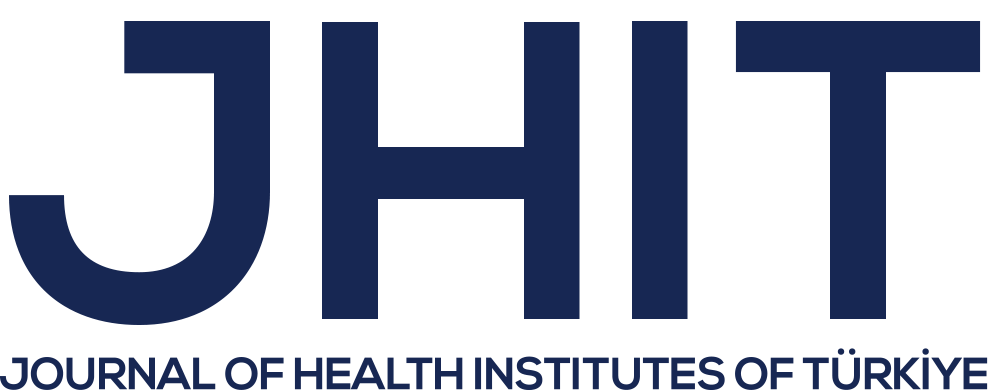ABSTRACT
Data augmentation methods are used to reduce the overfitting problem of deep neural network models. In 2018, mixup, a data augmentation method, was introduced, and in the following years, the effects of the mixup method on the model segmentation ability were examined in the studies carried out on different organs and image modalities. No study has been found on the use of the mixup method for retinal vessel segmentation on fundus images obtained with the scanning laser ophthalmoscope. The aim of this study is to investigate the effect of the mixup method on retinal vessel segmentation performed with the U-Net model on the IOSTAR dataset images. In this direction, 1) data augmentation operations such as horizontal flipping, rotation, and cropping of a random area of the image were applied to the images to create the traditional group; 2) the images that were created with the traditional method were added to the images that the mixup method was applied according to the lambda values of 0.2 or 0.5, and so two different groups were created; 3) two different groups were created with the images in which only the mixup method was applied according to the lambda values of 0.2 or 0.5. As a result, a total of five groups were examined in this study. Evaluations were made according to the accuracy, sensitivity, specificity, Dice, and Jaccard metrics. Compared to traditional data augmentation methods, the mixup data augmentation method was shown to have no positive effect on the U-Net model's ability to segment retinal vessels.



